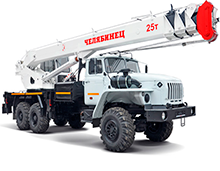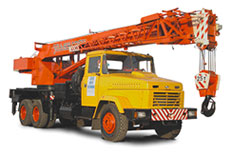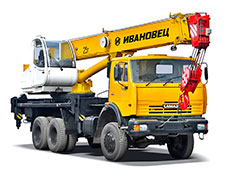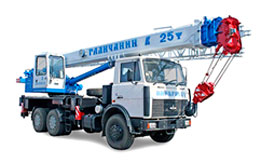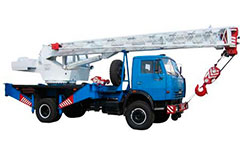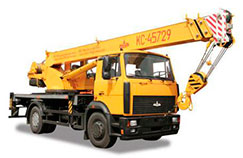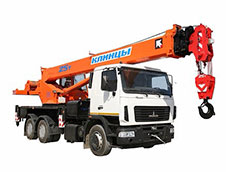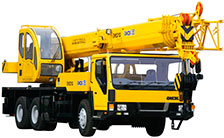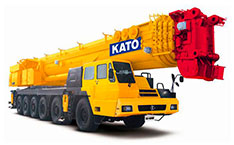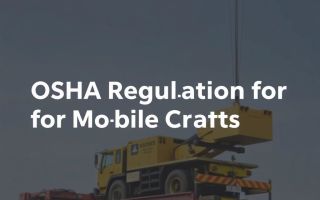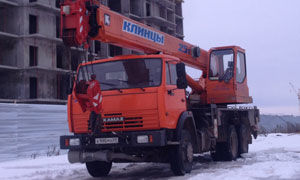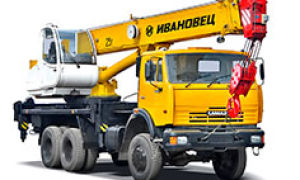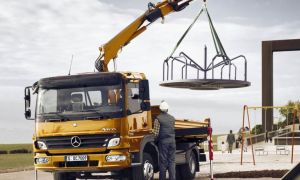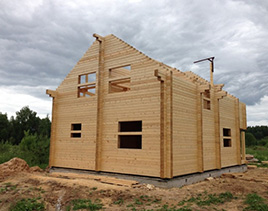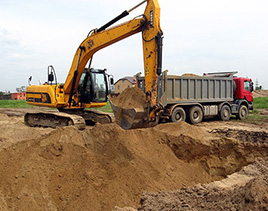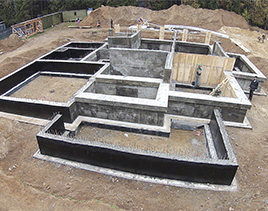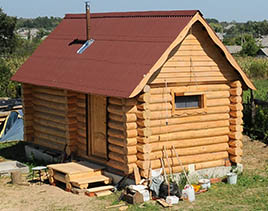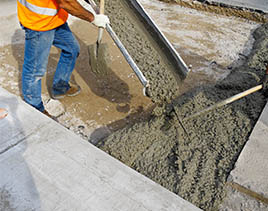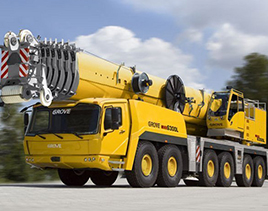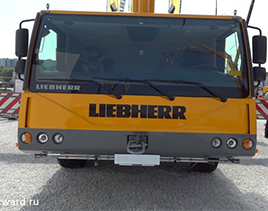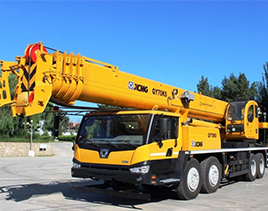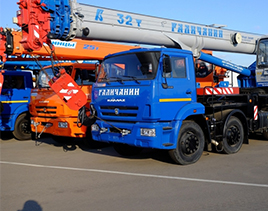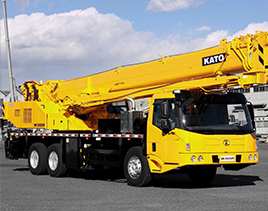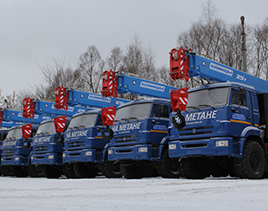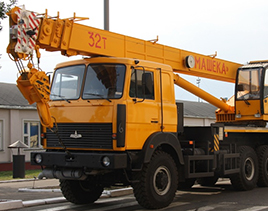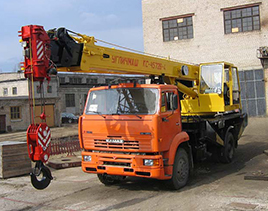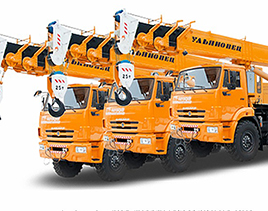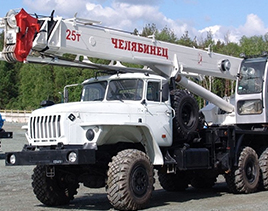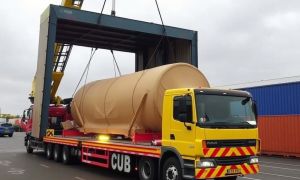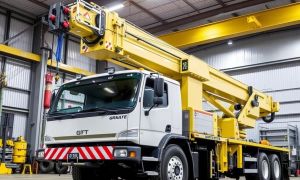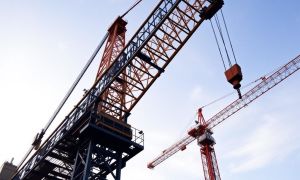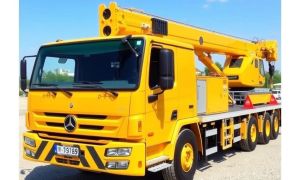When it comes to mobile crane operations, safety is absolutely paramount. These towering machines are essential for many construction, industrial, and maintenance projects, but their power and complexity also bring significant risks. That’s why OSHA regulations for mobile crane operations exist—to protect workers, operators, and everyone on the job site from accidents and injuries. If you’re involved in crane operations or manage projects where cranes are used, understanding these regulations isn’t just a good idea; it’s mandatory.
Mobile crane operations have unique challenges. Unlike fixed cranes, these machines move around, sometimes on uneven ground, working in dynamic environments. OSHA’s standards are specifically crafted to address these challenges, covering everything from operator qualifications to rigging, inspection, and safe work practices. In this article, you’ll learn everything you need to know about OSHA regulations for mobile crane operations so you can ensure compliance, enhance safety, and keep your projects running smoothly.
Why OSHA Regulations for Mobile Crane Operations Matter
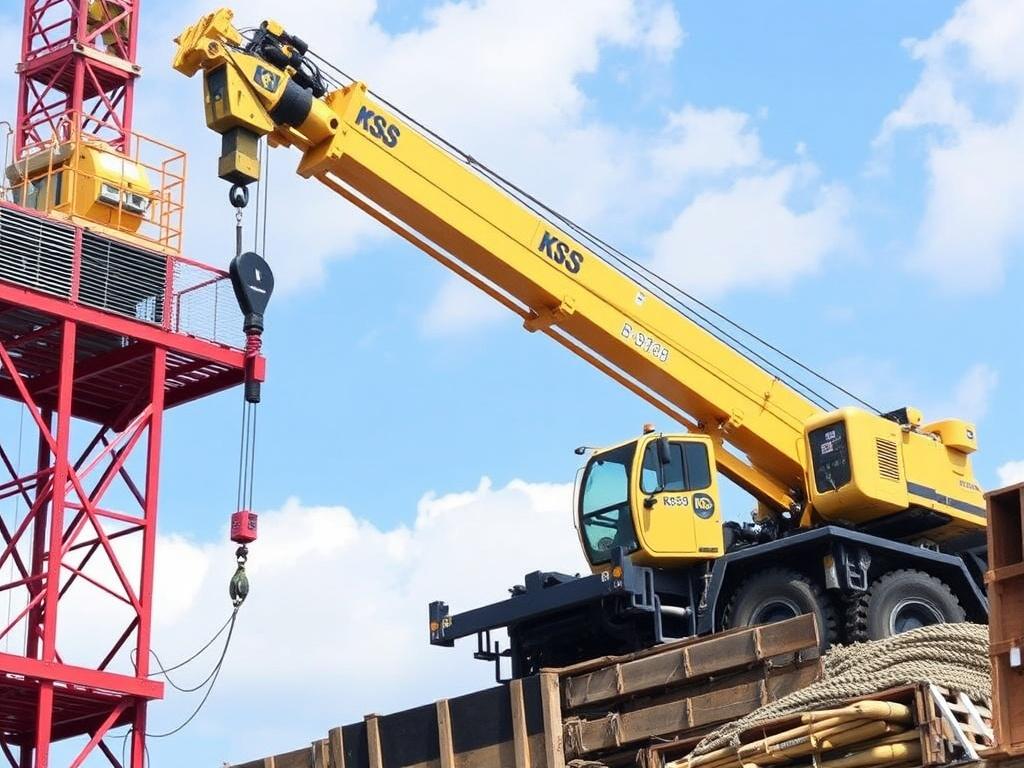
Mobile cranes are indispensable in industries ranging from construction to shipbuilding, but they are also involved in many workplace injuries and fatalities every year. According to OSHA statistics, cranes are one of the leading causes of deaths in construction, with accidents commonly caused by contact with power lines, crane tip-overs, and mechanical failures.
OSHA sets federal safety standards designed to reduce these accidents. By adhering to OSHA regulations for mobile crane operations, employers can minimize the risks that operators and workers face. These regulations cover multiple aspects, including:
- Crane inspections
- Operator certification and training
- Safe rigging practices
- Working near power lines
- Ground conditions and crane setup
Following OSHA rules not only fosters a safer workplace but also protects companies from legal consequences, fines, and project delays. Let’s dive deeper into some of the most important OSHA requirements for mobile crane operations.
The Basics: OSHA’s Scope for Mobile Crane Operations
OSHA’s regulations for cranes, including mobile cranes, are primarily found in the Construction Standards under 29 CFR 1926 Subpart CC – Cranes and Derricks in Construction. These guidelines replaced older standards in 2010 to provide more comprehensive and updated safety protocols.
Here’s a quick summary table outlining some key provisions applicable to mobile crane operations:
| OSHA Requirement | Description | Why It’s Important |
|---|---|---|
| Operator Certification | Operators must be certified by an accredited testing organization. | Ensures operators have the necessary knowledge and skills. |
| Inspection and Maintenance | Daily inspections before use; thorough inspections monthly and annually. | Prevents mechanical failures and detects damage early. |
| Working Near Power Lines | Minimum clearance limits; use of observers or barriers near energized lines. | To avoid electrocution hazards and power line contact. |
| Ground Conditions | Assess and ensure the ground can support the crane’s weight. | To prevent crane tip-overs and structural failure. |
| Load Handling | Proper rigging and not exceeding load limits. | Prevents dropped loads and equipment overloads. |
Understanding and applying these regulations helps keep everyone safe and projects on track.
Operator Certification: The Cornerstone of Safe Mobile Crane Operations
One of the biggest advances in OSHA regulations for mobile crane operations is the mandated requirement that crane operators be certified. OSHA requires operators to have valid certification from an accredited testing organization or be competent and qualified as per OSHA’s definition. This helps guarantee that operators understand the machinery, safety protocols, and emergency procedures.
Getting certified involves both practical and written exams covering topics like load charts, signals, rigging, and safety awareness. Operators must also stay current by renewing their certification every five years. Employers should verify these credentials before assigning crane operation tasks.
Certification benefits go beyond compliance—it enhances confidence, reduces operator errors, and contributes to overall site safety. In fact, many insurance providers and project owners demand proof of operator certification before allowing crane use on their sites.
Inspections and Maintenance: Keeping Mobile Cranes in Top Shape
You can’t operate a mobile crane safely if it’s not properly maintained. OSHA regulations are clear about inspection requirements—mobile cranes must be inspected before every use to identify any visible damage, leaks, wear, or malfunction. These daily inspections are the first layer of defense against unexpected failures.
In addition to daily checks, cranes need detailed monthly inspections — often called periodic inspections — and more thorough annual inspections, which may include disassembling components for a closer look. These inspections must be performed by qualified personnel and documented.
Here’s a handy checklist based on OSHA’s daily inspection guidance:
- Check tires and outriggers for damage
- Test brakes, controls, and limit switches
- Inspect wire ropes and hooks for wear or deformation
- Look for hydraulic leaks or damaged hoses
- Verify all safety devices are operational
Maintaining a log of inspections also supports safety audits and helps quickly address potential hazards before they escalate.
Working Near Power Lines: Avoiding Electrocution Risks
Some of the deadliest crane accidents involve contact with overhead power lines. OSHA’s regulations for mobile crane operations mandate strict clearance distances to prevent electrocutions, one of the most common fatal hazards.
Mobile cranes must maintain a minimum clearance of 10 feet from power lines up to 50,000 volts, with greater distances required for higher voltages. When it isn’t possible to maintain clearance, employers must de-energize power lines or install physical barriers and use a dedicated observer to guide crane movements.
Safety around power lines means:
- Identifying all nearby lines before work begins
- Establishing “no-go” zones with barriers
- Using spotters familiar with crane signals and power line risks
The consequences of failing to observe these requirements can be catastrophic. Incorporating power line safety into job site planning is critical for OSHA compliance and worker protection.
Ensuring Stable Ground Conditions for Mobile Crane Setup
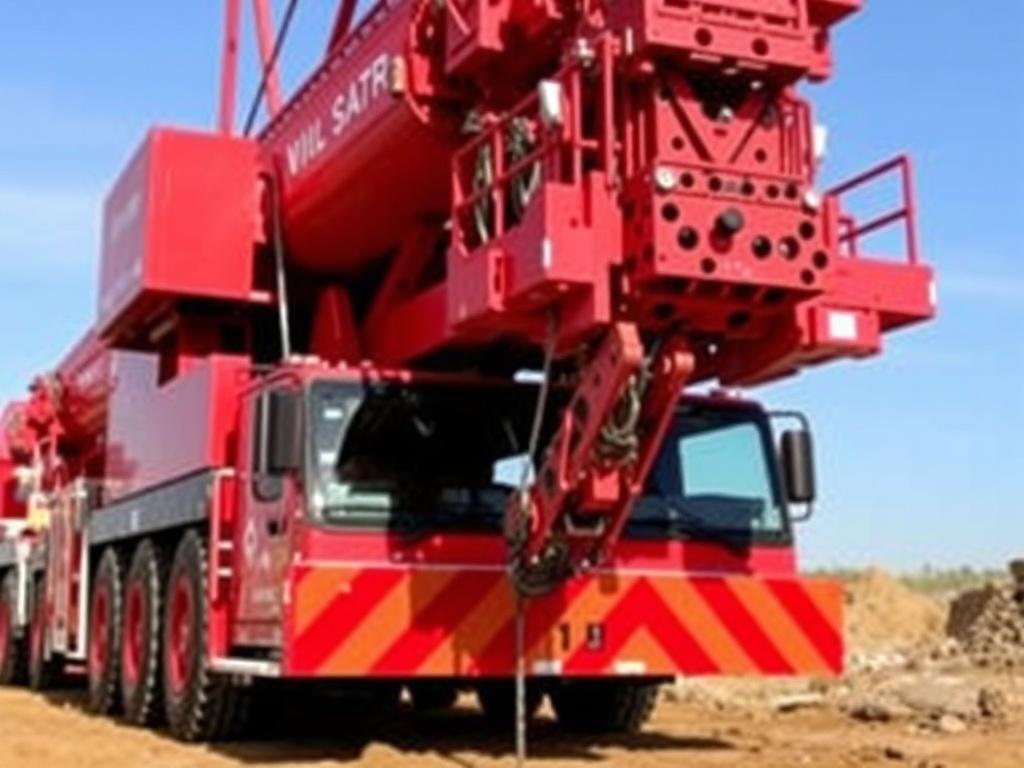
The foundation on which a mobile crane operates is just as crucial as the operator’s skill. OSHA regulations emphasize that employers must ensure the ground or surface can support the crane’s weight and load safely. This is particularly important on construction sites where uneven or soft soil can cause instability.
A site assessment should include reviewing soil conditions, slope, and the presence of underground utilities or voids. When necessary, crane mats, outriggers, or cribbing should be used to distribute weight and provide a stable base.
Key points for ground condition safety include:
- Conducting a professional geotechnical review if needed
- Checking for underground obstacles before setup
- Using manufacturer specifications to guide outrigger placement
Remember, most crane tip-overs result from ground failures, which can often be prevented with adequate site preparation.
Proper Rigging Practices: Safely Handling Loads
Rigging refers to the equipment and techniques used to secure loads to the crane for lifting. OSHA regulations for mobile crane operations include strict rules around rigging to prevent dropped loads, which can cause severe injuries or property damage.
Only qualified riggers should inspect and apply rigging gear such as slings, shackles, and hooks. Loads must be properly balanced, and all rigging equipment should be maintained in good condition.
OSHA’s rigging safety highlights include:
- Using rated rigging components and never exceeding their capacities
- Checking slings for cuts, abrasions, and wear before use
- Ensuring secure connections and correct hitch configurations
Operators and riggers must also communicate clearly through standardized hand signals or radio communication to coordinate lifts safely.
Common OSHA Violations in Mobile Crane Operations
Despite regulations, OSHA frequently cites companies for crane-related safety violations. Knowing the typical pitfalls helps you avoid costly mistakes. Common OSHA violations include:
- Operating cranes without a certified operator
- Failing to inspect cranes daily and maintain records
- Inadequate clearance from power lines
- Using damaged or insufficient rigging hardware
- Neglecting to assess ground conditions
Addressing these areas proactively creates safer job sites and reduces the risk of penalties or accidents.
Training and Communication: Building a Safety-First Workforce
OSHA not only mandates certification but encourages ongoing training for all workers involved in crane operations—not just the operators. This includes signal persons, riggers, and supervisors, ensuring everyone understands hazards, safe practices, and emergency responses.
Employers should conduct regular toolbox talks, practical drills, and refresher courses to reinforce safe work habits and regulatory compliance. Open communication on the job site helps identify hazards early and fosters a culture of shared responsibility.
How Technology Enhances Compliance with OSHA Regulations

Modern technology is transforming mobile crane operations and making it easier to comply with OSHA standards. Innovations include:
| Technology | Benefit |
|---|---|
| Load Moment Indicators (LMI) | Automatically prevent crane overload by monitoring weight and boom angle. |
| Wireless Cameras and Sensors | Provide operators with better visibility and real-time alerts about obstructions. |
| Digital Inspection Tools | Simplify inspection record keeping and defect reporting. |
Adopting these technologies not only aligns with OSHA requirements but improves operational efficiency and overall safety.
Summary of Key OSHA Requirements for Mobile Crane Operations
For a quick recap, here are the core OSHA requirements you need to keep in mind for mobile crane operations:
- Ensure operators hold valid certification from accredited bodies.
- Conduct daily, monthly, and annual inspections as specified.
- Maintain minimum clearance distances from power lines and use dedicated observers when necessary.
- Assess and prepare ground conditions to safely support cranes.
- Use qualified riggers and properly maintained rigging equipment.
- Train all personnel involved in crane operations regularly.
- Keep detailed records of inspections, repairs, and operator certifications.
Following these steps helps your company comply with OSHA regulations and drives safer, more productive crane operations.
Conclusion
Mobile crane operations are complex and carry inherent risks, but OSHA regulations for mobile crane operations provide a comprehensive roadmap to manage those risks effectively. From requiring certified operators to enforcing strict inspection routines and mandating safety measures near power lines, these rules are designed to prevent accidents and protect lives. By embracing these regulations, investing in employee training, and leveraging modern technologies, companies can create safer job sites, reduce downtime, and avoid costly penalties. Whether you’re a crane operator, supervisor, or project manager, understanding and implementing OSHA’s guidelines is not simply a regulatory checkbox—it’s a commitment to safety, professionalism, and success in every crane operation.

